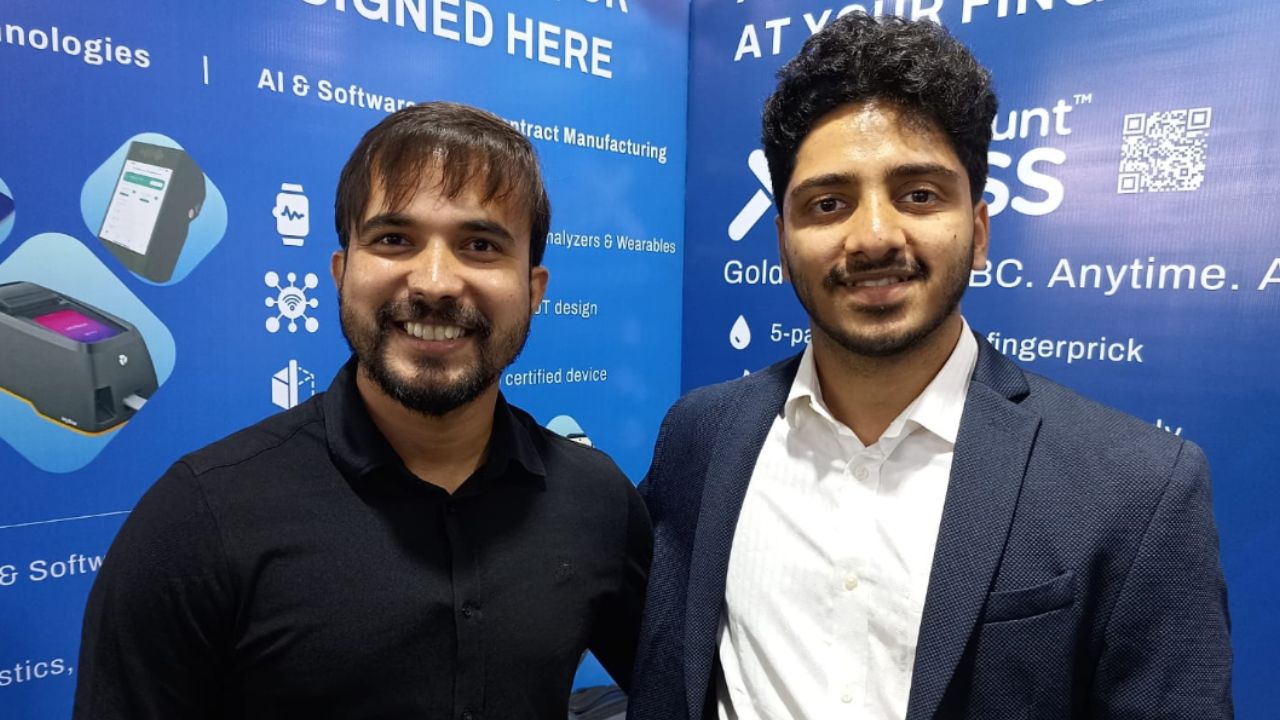Veer Sagar, a pioneer in India’s IT industry, founded Selectronic, the nation’s first back-office company, in 1997. He transformed the landscape of mass tort case reviews by providing cost-efficient and timely solutions. As a visionary entrepreneur, he launched Criconet, a groundbreaking platform for remote cricket coaching, and hosts the popular YouTube channel “Learn With Veer Sagar.” Additionally, he is the best-selling author of “Failure Is Not An Option,” published by Bloomsbury India.
Renowned for his strategic expertise in revitalizing businesses and creating scalable management structures, Veer Sagar remains a key figure on India’s IT task force. He also serves as Chairman Designate of the Executive Council of the Electronics and Software Export Promotion Council of India. His achievements have earned widespread recognition in both domestic and international media. He has received several accolades, including a Lifetime Achievement Award, the title of IT leader by Dataquest, and recognition as a trendsetter by Computerworld.
In an exclusive conversation with The Interview World, Veer Sagar, Chairman of Selectronic and Founder of Criconet, shares powerful insights. He delivers a crucial message from his book for the younger generation, emphasizing how they can embrace failure as a stepping stone for growth. He offers guidance on transforming setbacks into opportunities, shares his perspectives on a notable industry case study, and provides practical advice on addressing customer challenges effectively. Here are the key takeaways from his enlightening interview.
Q: What key message do you hope to convey to the younger generation through your book, ‘Failure Is Not An Option’?
A: My message to readers is simple: Never accept failure. True failure is not when you make a mistake, but when you fall and choose not to rise again. Failure occurs when you give up. Instead, take a moment to reflect on where you went wrong. Analyze it, regroup, and restart with a fresh perspective.
Remember, don’t get emotionally attached to your solution or product; if it fails, you won’t be able to fix it. Acknowledge the mistake with a calm mind and determine what went wrong. Only by accepting that something went wrong can you begin to correct it.
Don’t just hope for improvement tomorrow. Instead, identify the exact mistake and decide what you should do differently. Act on that decision immediately. Even if you fail again, make sure it’s a different mistake. Don’t fear mistakes; make them, learn from them, and move forward with confidence.
Q: Based on your extensive experience, what changes have you observed in the mindset of the younger generation, particularly in how they perceive and embrace failure as a part of the learning process?
A: Young entrepreneurs often give up too easily when faced with failure. For many, success seems to come just as effortlessly, and failure occurs because they lack clarity about their goals. People often believe that creating a product automatically makes it the best in the world—I’ve been there too. I thought I had made the greatest product, only to find no one was buying it. The reason? The world didn’t see it as the best. This realization can be disheartening and confusing.
The first step is to ask, “Why isn’t someone buying this?” Something crucial might be missing. Consider whether you are solving a real problem for the customer—the one who will pay for your product or solution. Why would they spend their money unless it brings them genuine benefits? If you offer a solution to a pressing problem, or a better alternative to what’s currently available, customers will choose it. But if not, they have no reason to buy from you. The market does not owe you a living. You must identify the problem, understand it, and then address it effectively.
Q: What guidance would you offer the younger generation on turning setbacks into opportunities for success?
A: The problem with the current perception of startups is the narrow vision many hold. People often believe that a startup requires a groundbreaking idea. However, I often remind them that entrepreneurship is about more than just innovation—it’s about fulfilling a need. Take, for example, the person who delivers milk to my home every morning. He is an entrepreneur. He meets my need for early morning milk by sourcing it from Mother Dairy, delivering it to my door, and earning a margin of around 10%. By serving 100 households, he builds a profitable business.
This is the essence of entrepreneurship: identifying a need and providing a solution. And if a solution already exists, then offer a better or more cost-effective one. As long as you can do this, your business will continue to grow because more people will seek your solution. Engage with your customers, ask them what else you can do for them. When they present another problem, take the opportunity to solve it. Soon, you’ll find yourself solving many problems for many people, continuously expanding your impact and market presence.
Q: Let me illustrate this with an example. A major automobile manufacturer once decided to enter the small car segment to cater to the lower end of the consumer market. However, the venture did not succeed. If you had been in charge, what strategies would you have employed to turn this venture into a success, despite the challenges faced?
A: The core issue was a belief that the market needed an inexpensive car at that time. However, the real need might not have been for a cheaper car but rather for a vehicle with a different positioning. The problem could have been a misunderstanding of market needs; perhaps consumers didn’t need a cheaper option, but rather a car positioned differently. This also reflects a perception issue.
Today, most sales in the four-wheeler market are dominated by medium and large cars, not small ones. This shift indicates that financial resources for purchasing cars are more readily available. The real challenge was not grasping the true market dynamics but rather focusing on satisfying the desires of lower-end consumers, regardless of whether those desires were realistic.
To me, the priority should always be addressing the broader needs of prospects who can afford your product or solution.
Q: What advice would you give to those who experience failure due to a lack of understanding of certain circumstances or an incomplete vision of the product or solution they aim to deliver?
A: No, you don’t need a broad perspective. You need to zoom in on your customer. Concentrate solely on their needs; the rest is irrelevant. If your customer requires something, determine if you can deliver it. Once you have secured a customer, then explore what additional value you can offer. Cultivate a relationship where the customer sees you as a trusted ally. Provide solutions and address their problems effectively.









1 Comment
Nice blog here Also your site loads up fast What host are you using Can I get your affiliate link to your host I wish my web site loaded up as quickly as yours lol
Comments are closed.